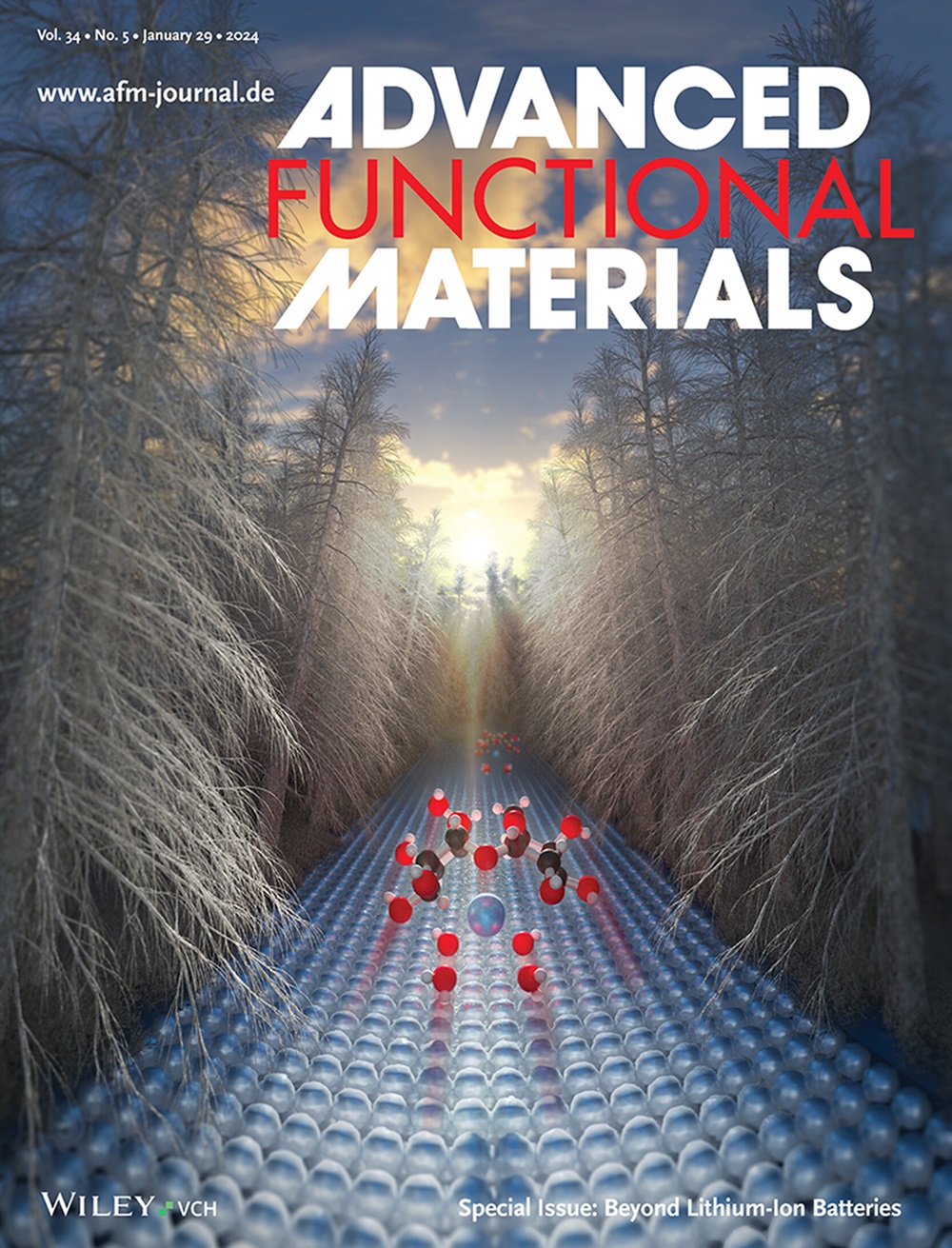Interfacial Charge Transfer and Defect Engineering in the MoTe2/Graphene Heterostructure for Tailored Carrier Kinetics and Nonlinear Absorption
IF 18.5
1区 材料科学
Q1 CHEMISTRY, MULTIDISCIPLINARY
引用次数: 0
Abstract
The MoTe2 and graphene heterostructure exhibits significant potential for ultrafast photonic switching owing to their ultrafast carrier dynamics, superior nonlinear saturable absorption (SA) properties, and scalable synthesis. Interfacial charge transfer (CT) in conjunction with material thickness modulation, plays a critical role in governing carrier dynamics and nonlinear SA properties. However, the underlying physical mechanisms remain largely unexplored. Here, femtosecond transient absorption spectroscopy and density functional theory (DFT) calculations are employed to elucidate that CT from MoTe2 nanoplates to graphene effectively mitigates the hot-phonon bottleneck effect in MoTe2 nanoplates, leading to accelerated carrier recombination and enhanced the nonlinear absorption coefficient, increased from −625 to −1129 cm GW−1. Moreover, thinner MoTe2 nanoplates exhibit lower non-saturable losses, quantified as 1.7% for three-layer structures compared to 4% for fourteen-layer counterparts, attributed to the higher defect density in thicker layers, which induces increased scattering losses. Transmission electron microscopy analysis and DFT calculations confirm an elevated density of Mo vacancies in thicker samples. These findings provide key insights into CT and defect-mediated optical properties, aiding the design of high-performance ultrafast optical switches.

MoTe2/石墨烯异质结构中界面电荷转移和缺陷工程的定制载流子动力学和非线性吸收
MoTe2和石墨烯异质结构由于其超快载流子动力学,优越的非线性饱和吸收(SA)特性和可扩展的合成而具有超快光子开关的巨大潜力。界面电荷转移(CT)与材料厚度调制一起,在控制载流子动力学和非线性SA特性中起着关键作用。然而,潜在的物理机制在很大程度上仍未被探索。本文利用飞秒瞬态吸收光谱和密度泛函理论(DFT)计算表明,从MoTe2纳米板到石墨烯的CT有效减轻了MoTe2纳米板中的热声子瓶颈效应,导致载流子重组加速,非线性吸收系数从- 625增加到- 1129 cm GW−1。此外,更薄的MoTe2纳米板表现出更低的非饱和损耗,三层结构的非饱和损耗为1.7%,而14层结构的非饱和损耗为4%,这是由于更厚的层中缺陷密度更高,导致散射损耗增加。透射电镜分析和DFT计算证实,在较厚的样品中Mo空位密度升高。这些发现为CT和缺陷介导的光学特性提供了关键见解,有助于设计高性能超快光开关。
本文章由计算机程序翻译,如有差异,请以英文原文为准。
求助全文
约1分钟内获得全文
求助全文
来源期刊

Advanced Functional Materials
工程技术-材料科学:综合
CiteScore
29.50
自引率
4.20%
发文量
2086
审稿时长
2.1 months
期刊介绍:
Firmly established as a top-tier materials science journal, Advanced Functional Materials reports breakthrough research in all aspects of materials science, including nanotechnology, chemistry, physics, and biology every week.
Advanced Functional Materials is known for its rapid and fair peer review, quality content, and high impact, making it the first choice of the international materials science community.
 求助内容:
求助内容: 应助结果提醒方式:
应助结果提醒方式:


